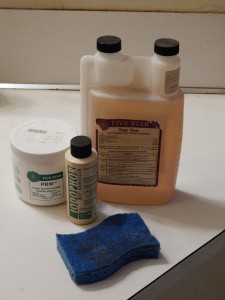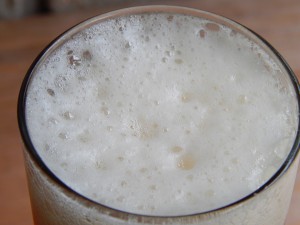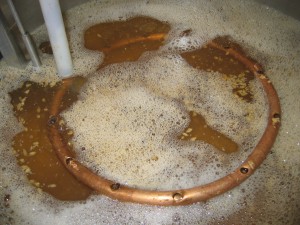 There are many ways you can improve at brewing. You can learn new ideas and try new techniques, ingredients, or equipment. You can work on perfecting the things you already do on brewday (or when formulating recipes, serving your beer, etc.). And in one case, simply changing how you think about something may lead you to being a better brewer.
There are many ways you can improve at brewing. You can learn new ideas and try new techniques, ingredients, or equipment. You can work on perfecting the things you already do on brewday (or when formulating recipes, serving your beer, etc.). And in one case, simply changing how you think about something may lead you to being a better brewer.
You’ll often hear brewers ask if their beer is infected. (I’ll skip, for now, that it is much better to refer to beer that is soured or spoiled by microorganisms as contaminated than as infected.) There is really only one answer to that question. (OK, there’s two, and one is, “no, but it’s contaminated.”) And that answer is “yes . . . to some degree.” [Read more…]





Recent Comments